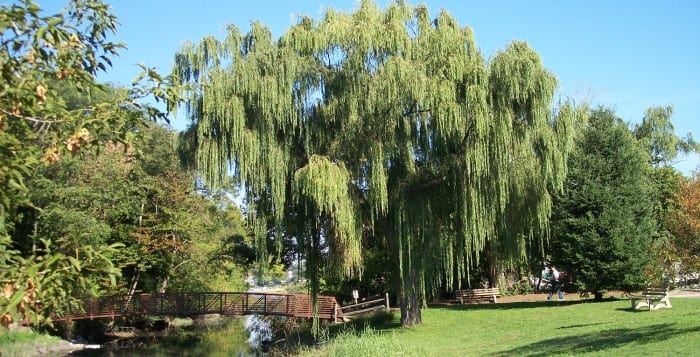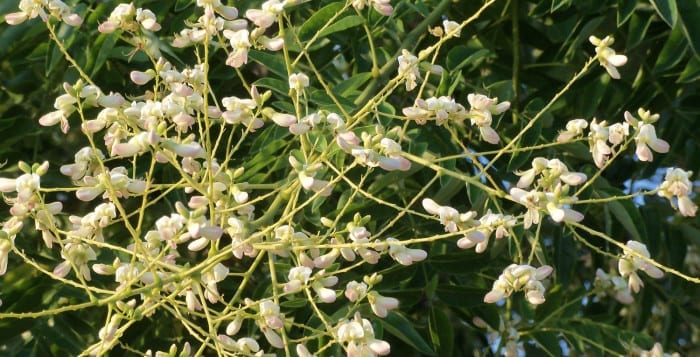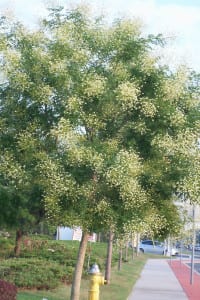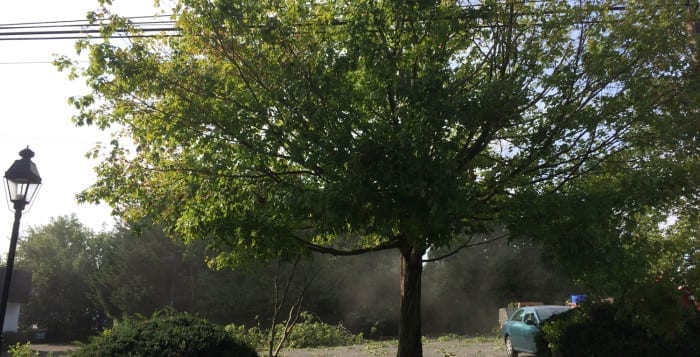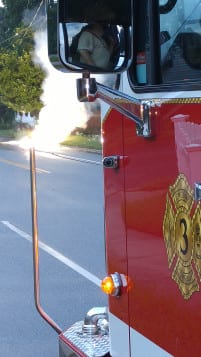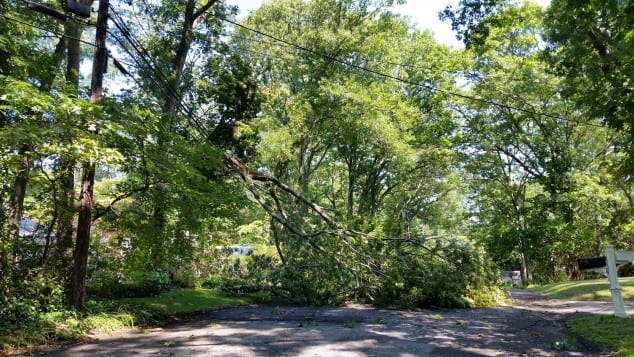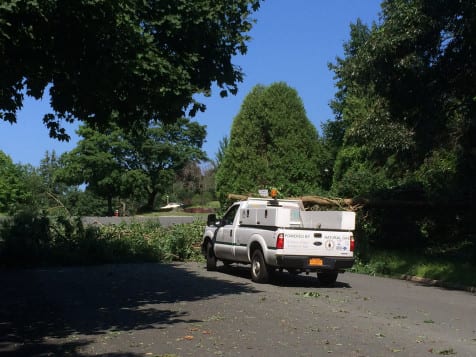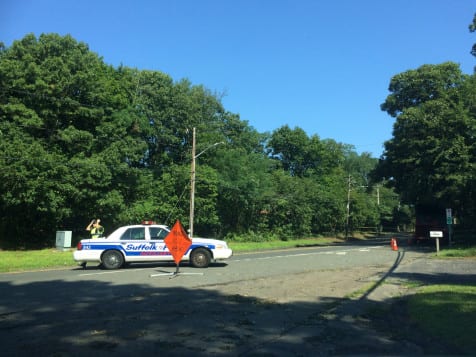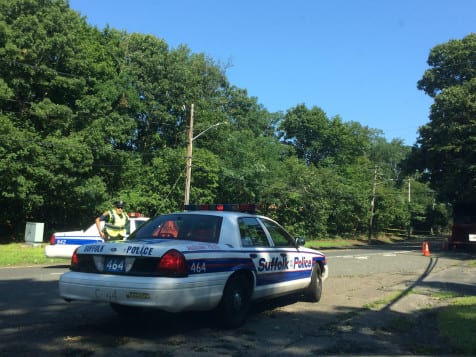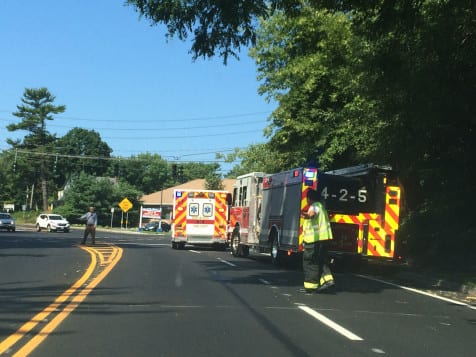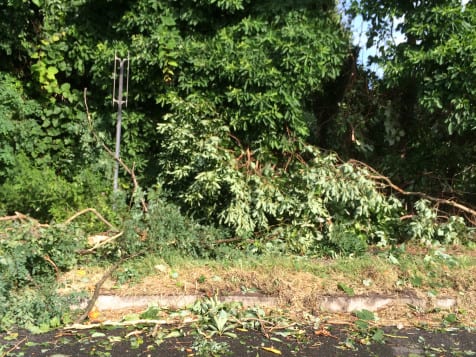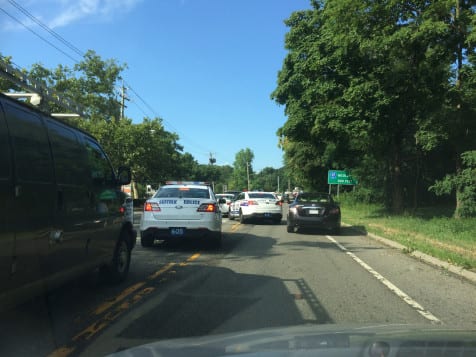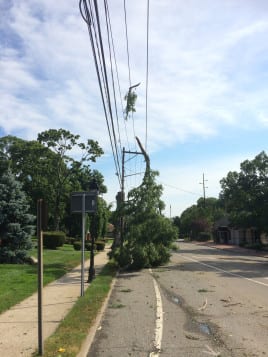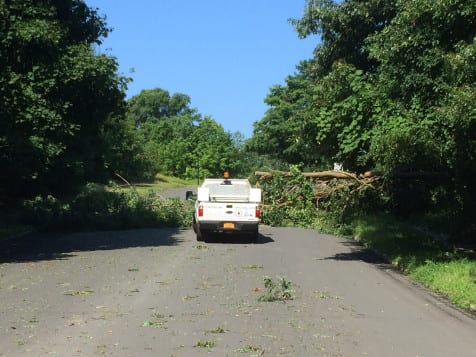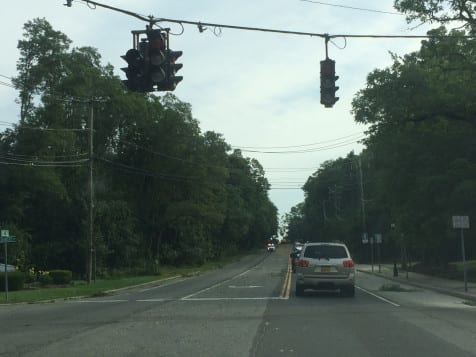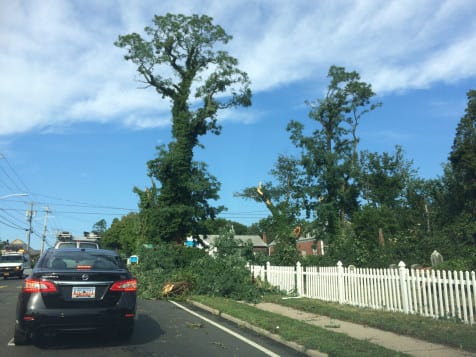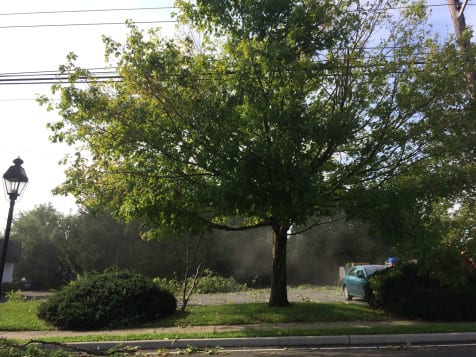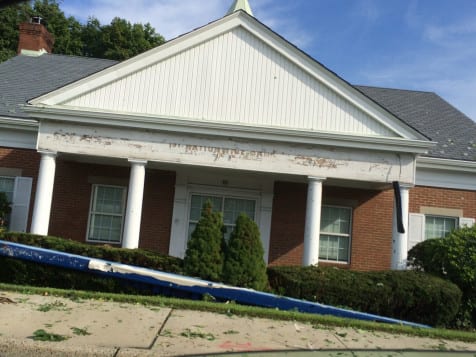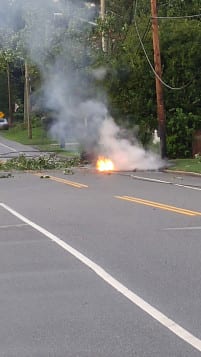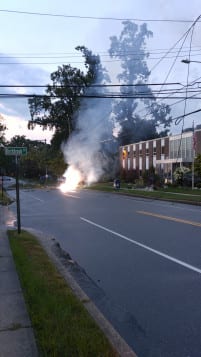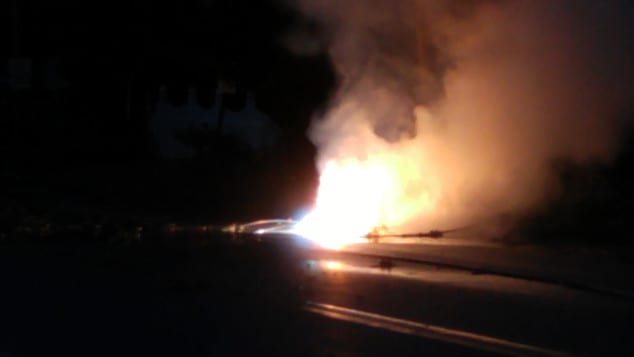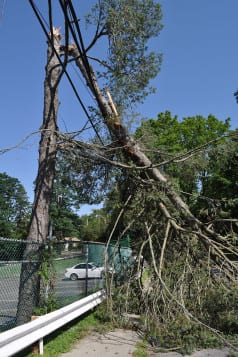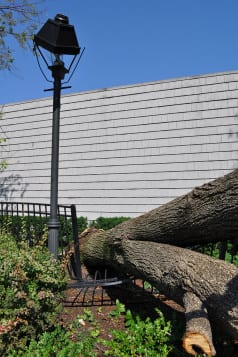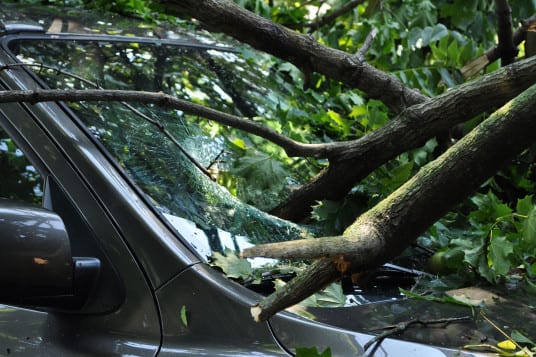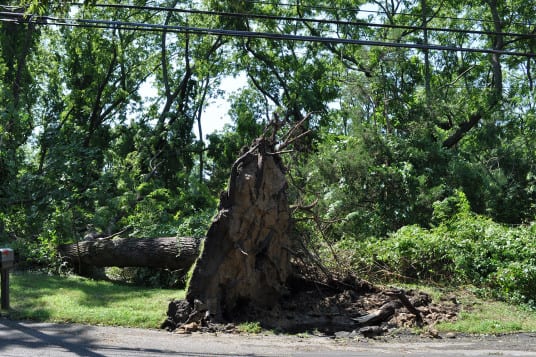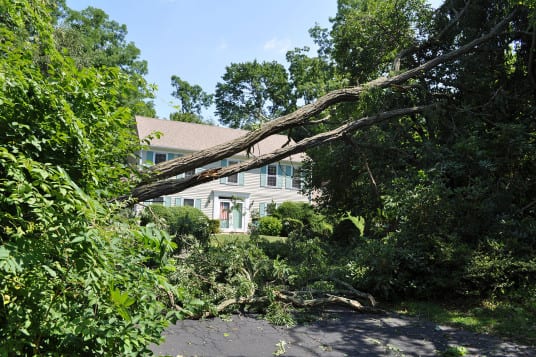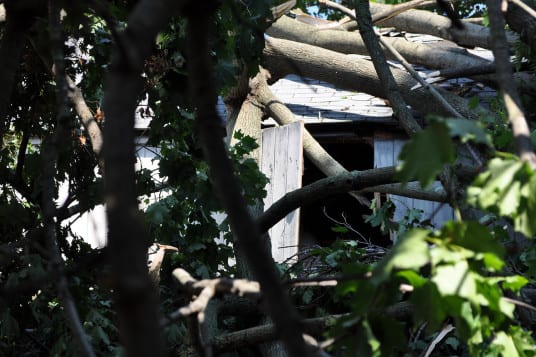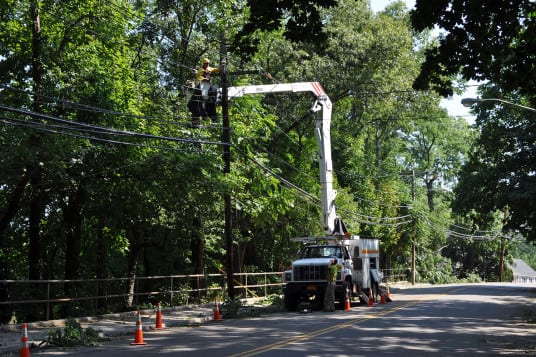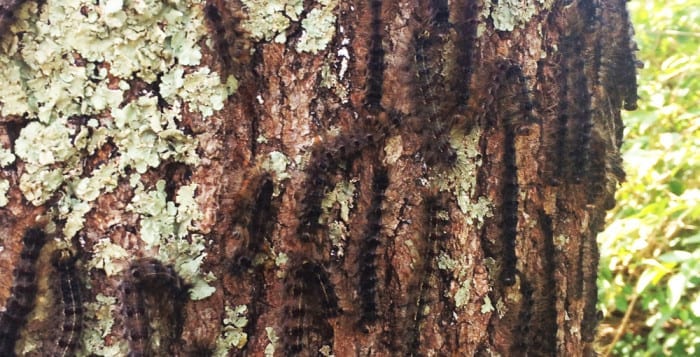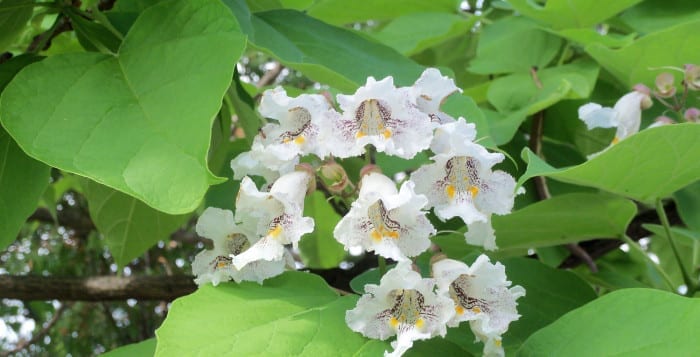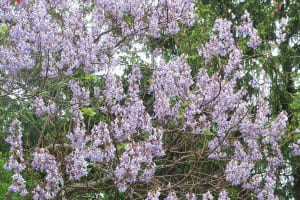By Ellen Barcel
Many years ago, I had two absolutely beautiful weeping willow (Salix babylonica) trees. They easily topped my two story house, and then some. I really enjoyed walking underneath the branches, looking out at the world, sort of like looking out through a light green curtain. And they provided beautiful shade.
Then, a really nasty hurricane came along. Down went the first and then the second tree. This happened when other trees — maple, oak and pine — all survived.
What happened? The answer is that weeping willow trees (natives of Asia) are very shallow rooted. When the wind really picked up, the roots couldn’t hold the trees in the wet soil, so down they went. And mine weren’t the only ones I saw down.
Does that mean that you shouldn’t plant weeping willow trees? Not necessarily. If you have an area sheltered from the wind, like a hollow, this might be the ideal location.
There’s another problem with the weeping willow tree. It craves water, so if you really want to plant this fast growing, graceful tree, make sure it’s not near a cesspool, well or in-ground swimming pool, as the roots can head in that direction, doing damage to the concrete.
The weeping willow tree grows well in U.S. Dept. of Agriculture hardiness zones 6 to 8 (Long Island is right in the middle at zone 7). It particularly likes to grow near water, but while the hardiness zones are limited, it does tolerate a wide range of soil pH levels. It’s a great shade tree quickly reaching 30 to 40 feet tall, growing as wide as is tall. Give this one plenty of room.
Another willow, pussy willow, (S. discolor) is native to North America. The deciduous shrub first produces furry catkins (or cat’s feet) in early spring. Many people like to cut branches from this stage of the plant and use them in dried arrangements or to make wreaths. If you do cut branches, do not put them in water or they will progress to the next stage, flowers.
After flowering, this easy to grow plant then produces green leaves. It is definitely grown for the early catkins. Pussy willow grows well in zones 4 through 8 or 9 (depending on variety).
Although most pussy willow plants produce gray catkins, there’s a rare variety (‘Mt. Asama’) that has a burgundy ones. A weeping pussy willow (S. caprea ‘Pendula’) can be grown as a small ornamental tree reaching 6 to 8 feet tall. As most weeping plants, the latter is really nice in winter when snow and ice covers the weeping branches.
Another popular willow that does well on Long Island is the dappled willow (S. integra). Like many other willows, the shrub is fast growing and can easily reach 15 to 20 feet tall and wide. However, if you really like this shrub, it can be pruned to keep it much smaller. In fact, it’s the new branches in spring that have mottled leaves that make it really stand out in the garden.
The dappled willow does well in hardiness zones 4 to 9. It is a native of eastern Asia, including China, Japan and Korea. Like other willows, the flowers are catkins (a cylindrical flower with no obvious petals). The cultivar ‘Hakuro Nishiki’ comes out very pale pink in spring.
Are willows deer resistant? Good question. Some sources say yes and some no, so you’ll have to see what the deer in your area like. However, rabbits do like willows, so you should take whatever precautions you normally take to keep your plants safe from them. While willows, in general, like moist soil, some varieties are somewhat drought tolerant once established. In general they like sun but tolerate light shade, and do well in a wide variety of soil conditions.
Ellen Barcel is a freelance writer and master gardener. Send your gardening questions to [email protected]. To reach Cornell Cooperative Extension and its Master Gardener program, call 631-727-7850.

